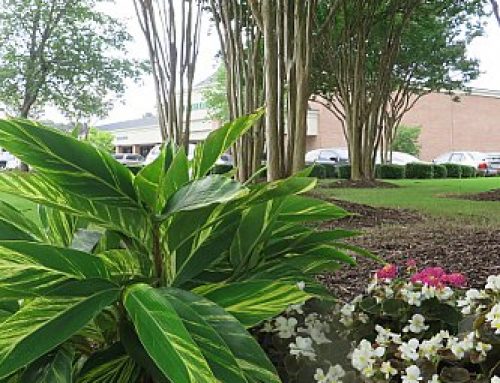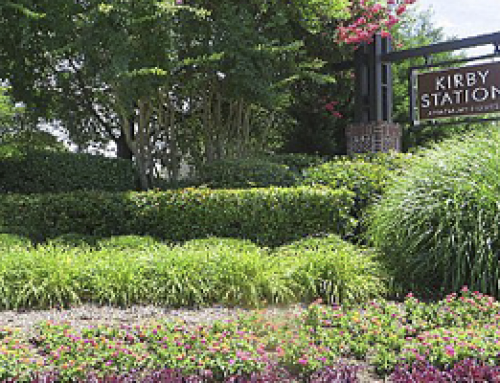Although it may not seem like it due to the colder temperatures and changing weather, winter is still a good time to plant trees and shrubs. Here’s why.
- First, plants, trees, and shrubs all store energy during the growing season that they then use in the fall and winter to grow roots. In fact, most root growth occurs during these seasons.
- Second, the stress levels of trees and shrubs are reduced because of the lack of foliage and the minimal new growth.
- Third, there is considerably less water that needs to be provided in order to keep these new plantings going.
- Fourth, pruning is not necessary unless there happens to be a broken branch. By not having to prune, there is less risk that you will damage any part of the tree or shrub that is getting ready to grow in the springtime.
To make the most of these winter planting advantages, here are some tips to follow:
- Mulching is a critical step to take when you are planting trees and shrubs in winter. Mulch provides a way to maintain constant soil temperatures. That way, plants can still grow roots when the soil temperature stays above 45 degrees. By applying a good layer of mulch, you also help to keep soil moisture at a constant level.
- Use less fertilizer and only a type that is designed to promote root growth while minimizing nutrients for foliage growth. You don’t want to stimulate growth.
- For trees planted in the winter where there is considerable wind, stake the tree to prevent undue stress on the new roots.
Of course, if the ground is frozen solid and unworkable, then you’ll have to wait. Store unplanted shrubs in a sheltered spot where there is a southern exposure. Add leaves or mulch to keep them insulated. Then, water every few days. When growth starts in early spring, you can prune away any damaged branches and feed with a balanced organic fertilizer.
If you would like to learn more about how we can help you with winter planting, contact us now!



